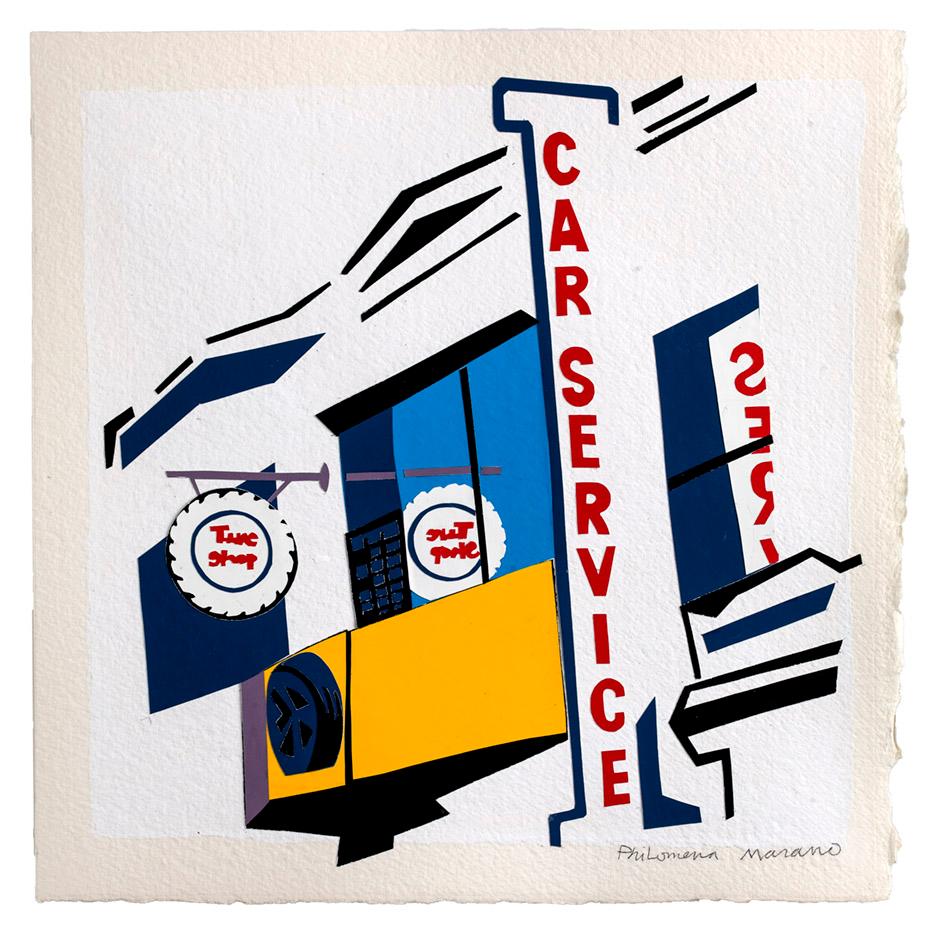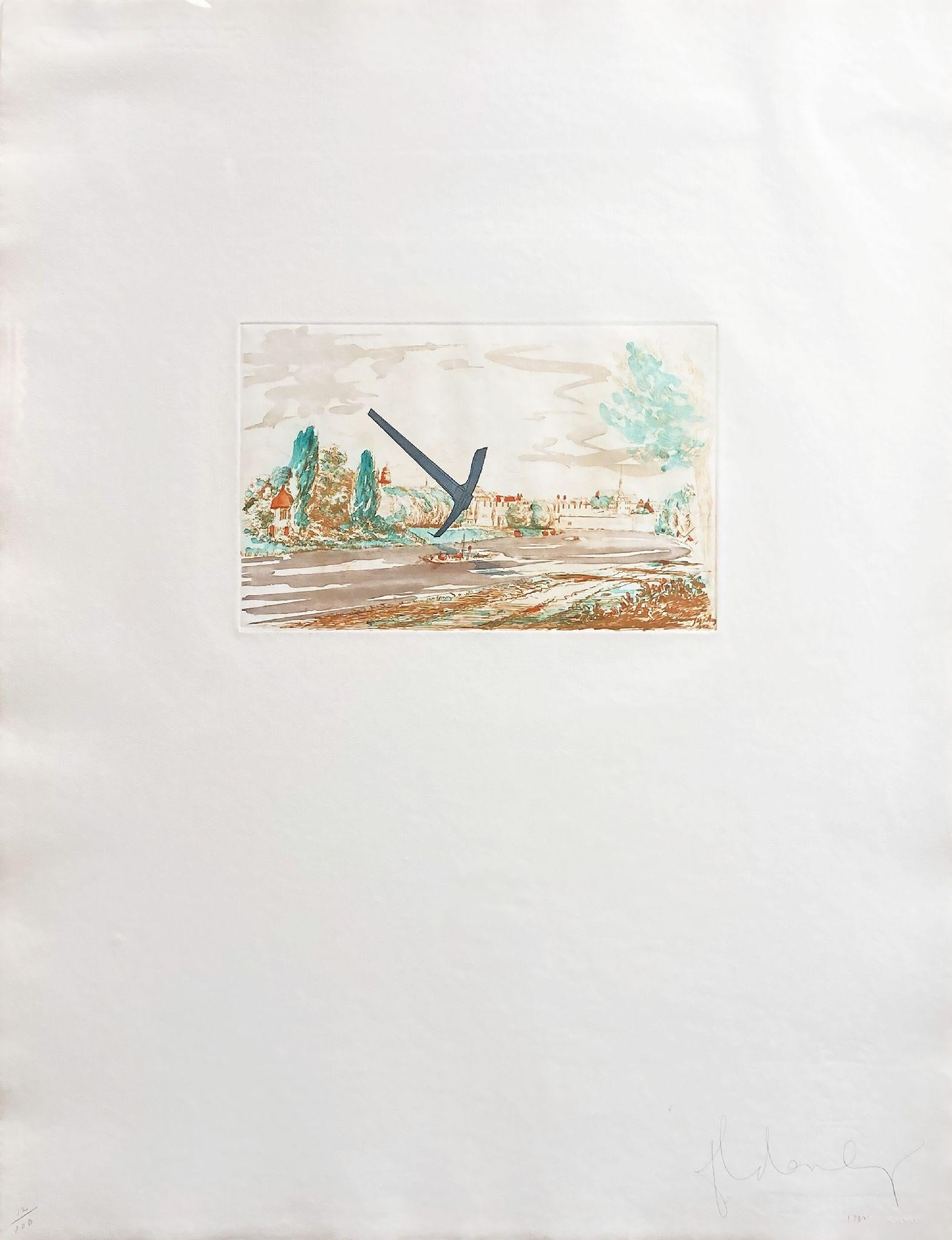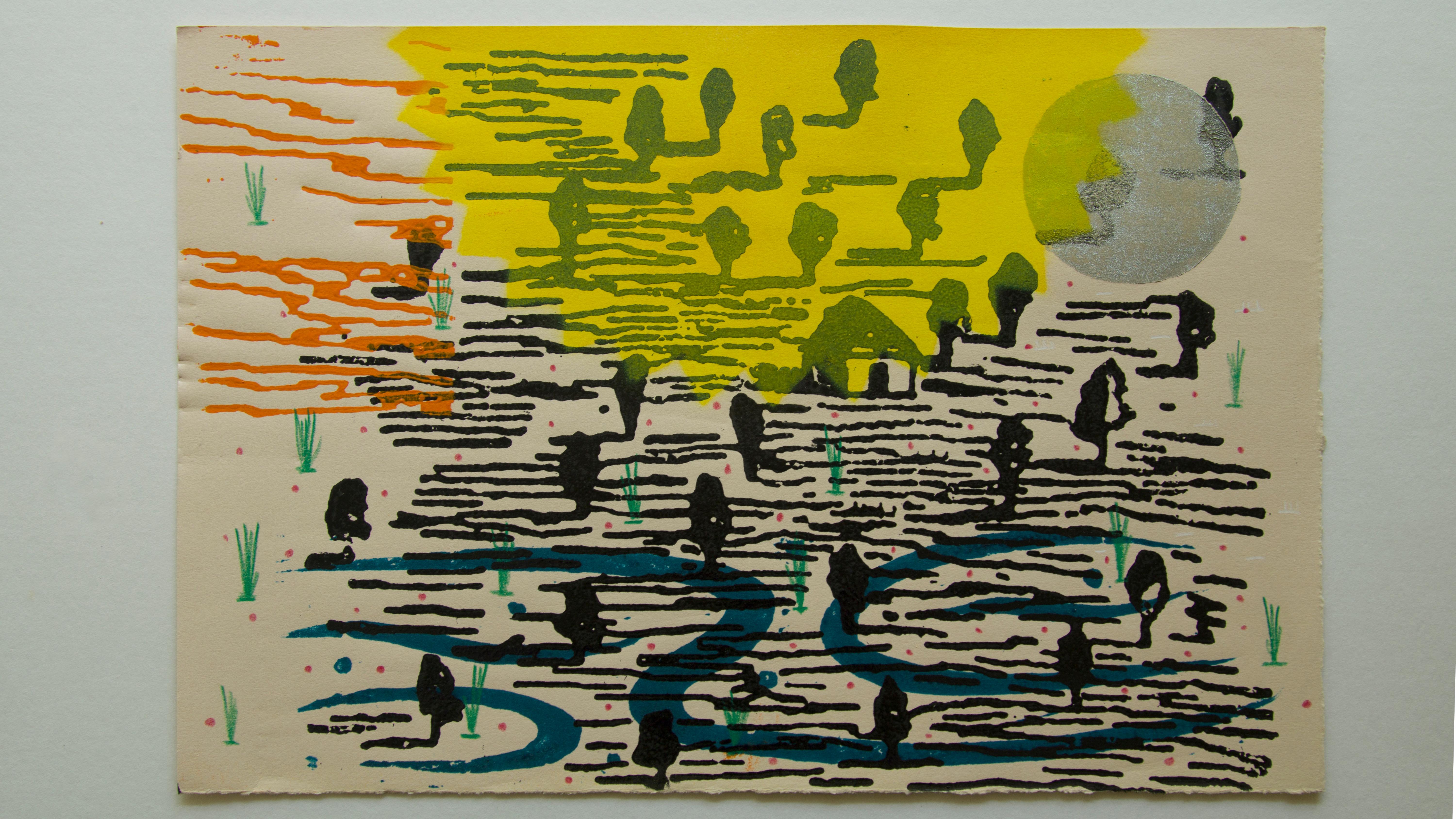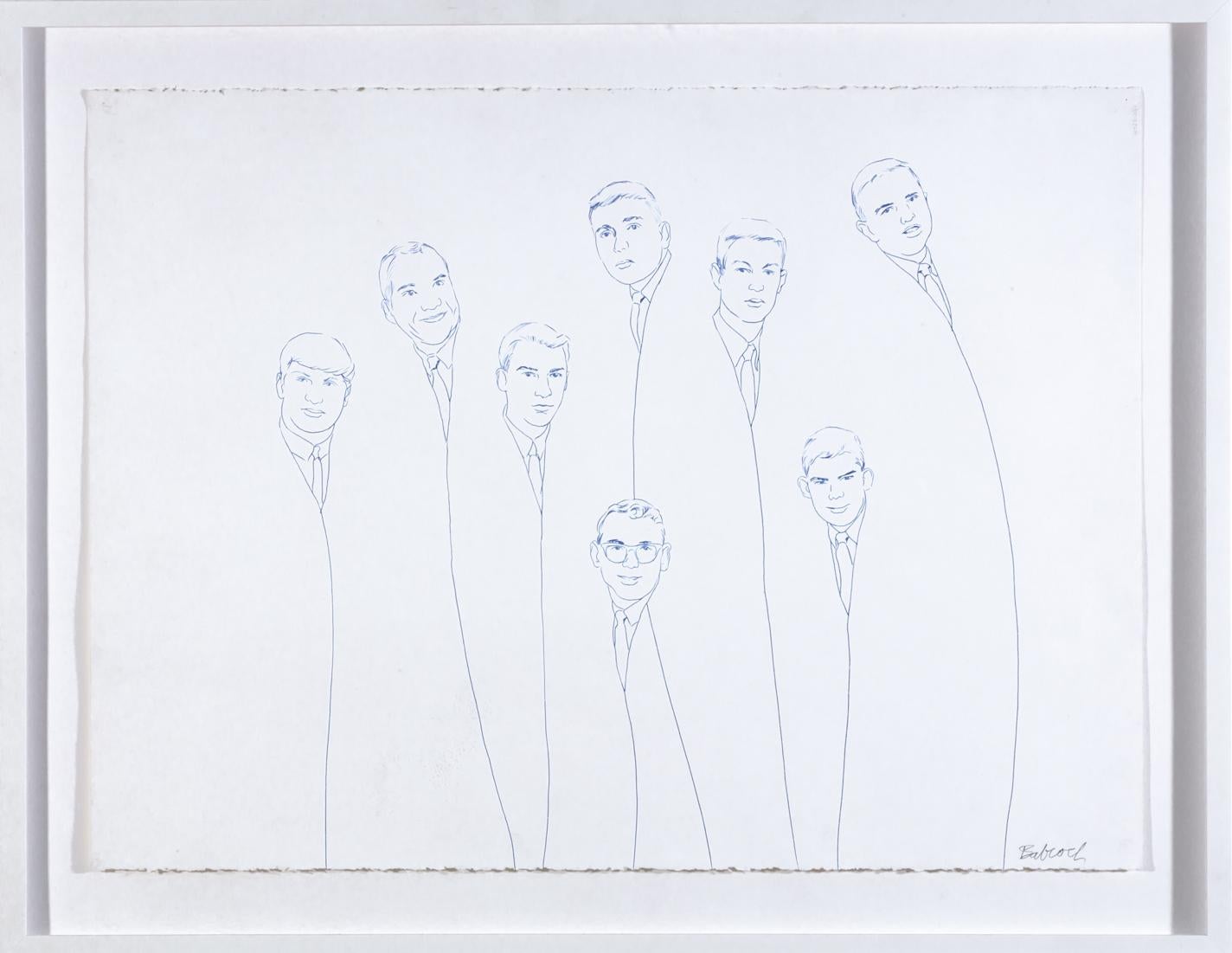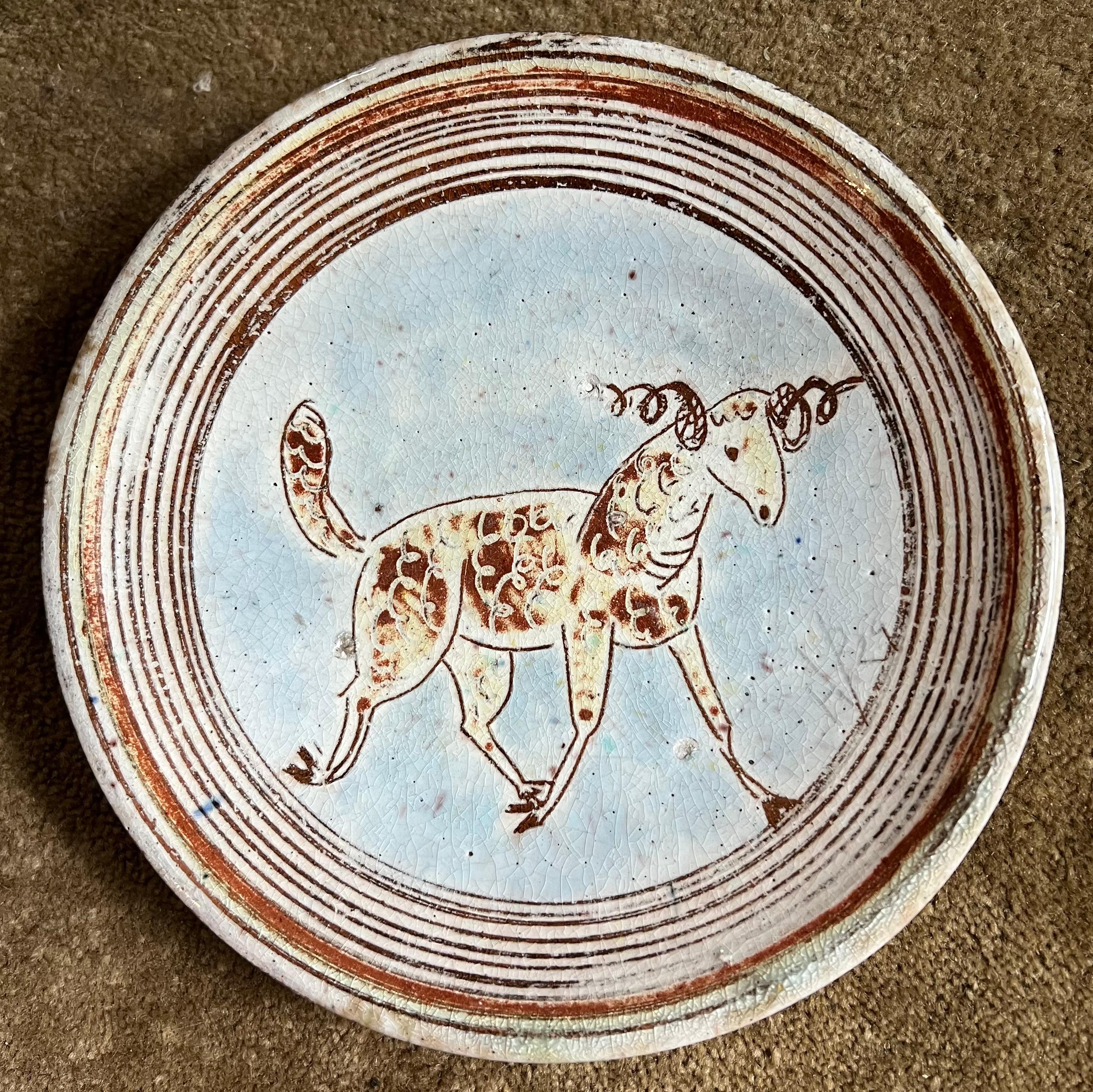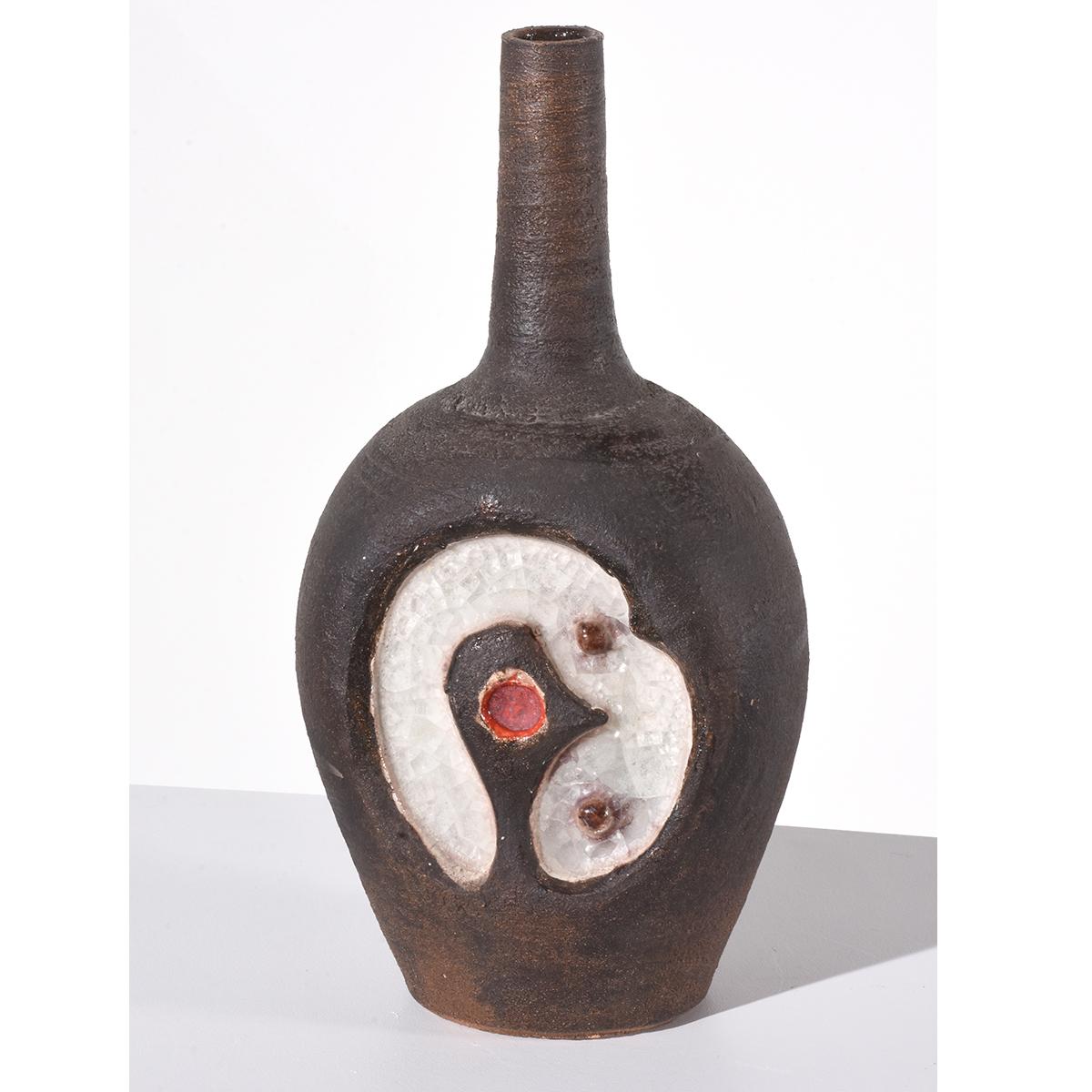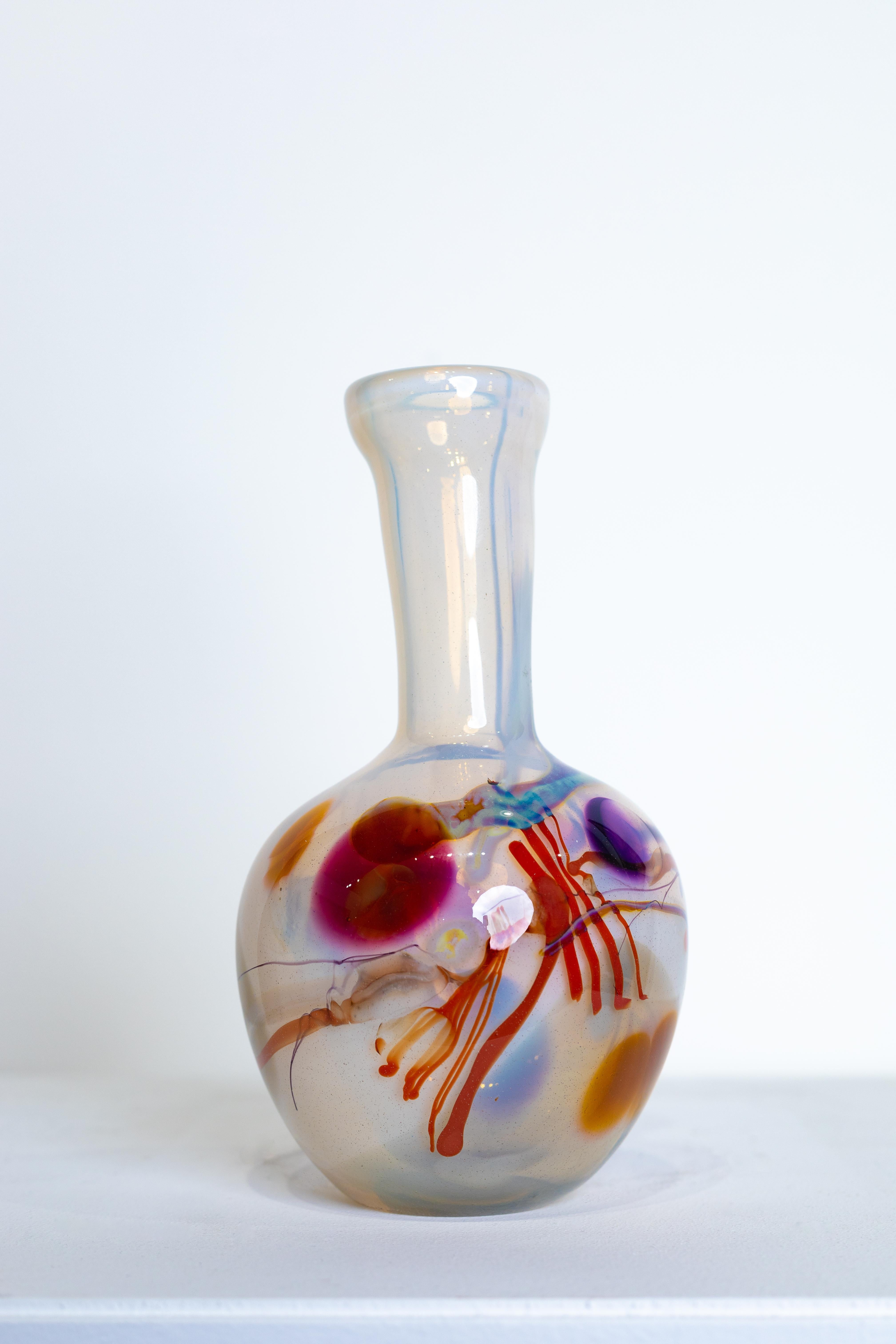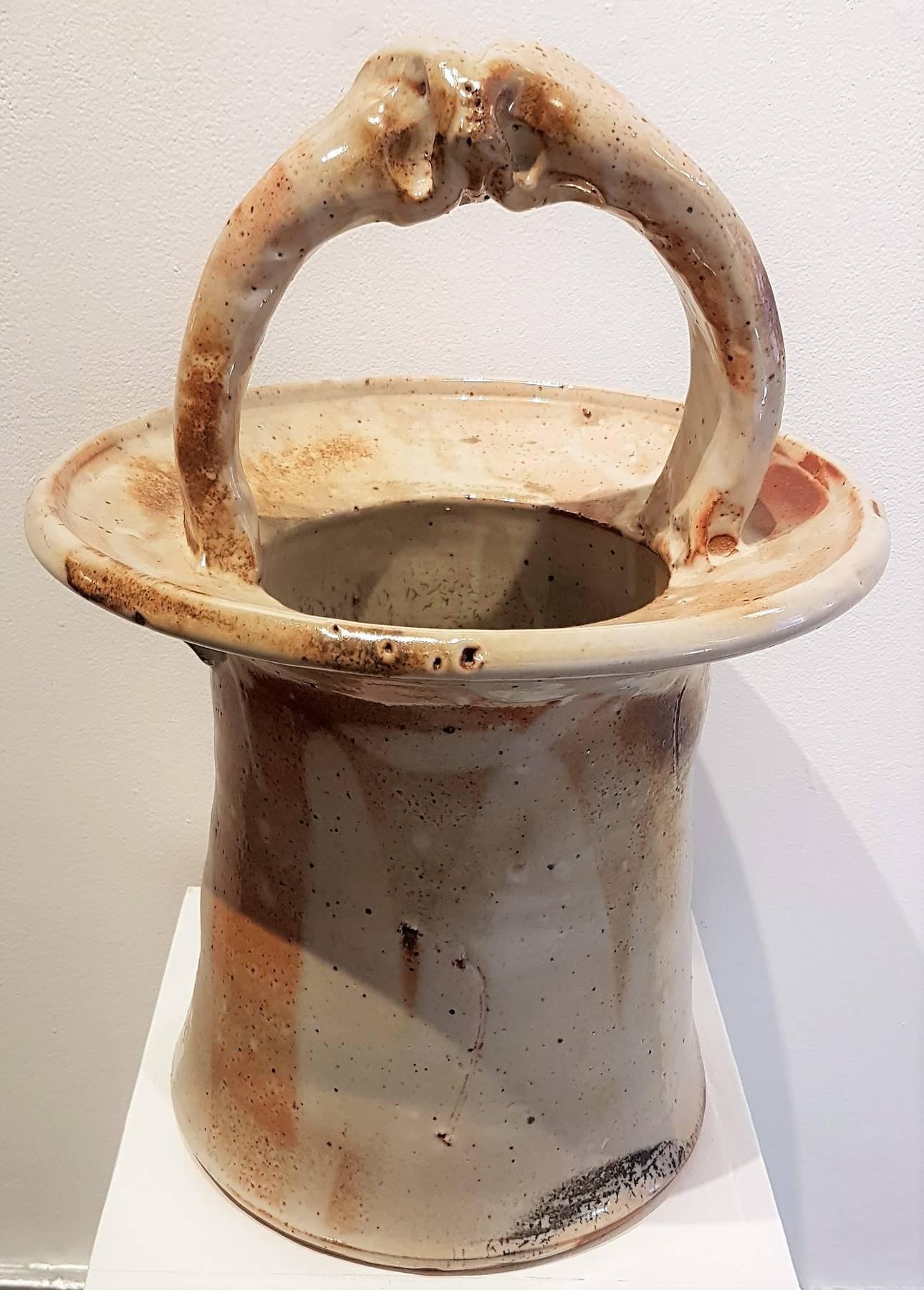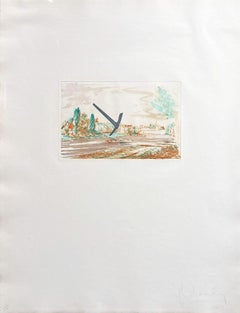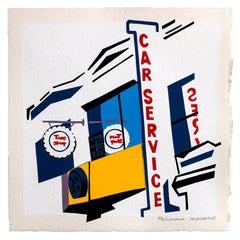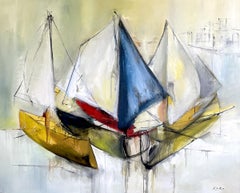
Abstracted Figurative Collage in Metallic Silver & Warm Colors, Mid 20th Century
View Similar Items
1 of 4
Calvin AndersonAbstracted Figurative Collage in Metallic Silver & Warm Colors, Mid 20th CenturyMid 20th Century
Mid 20th Century
About the Item
- Creator:Calvin Anderson (1925)
- Creation Year:Mid 20th Century
- Dimensions:Height: 15.5 in (39.37 cm)Width: 25 in (63.5 cm)Depth: 1.5 in (3.81 cm)
- Medium:
- Movement & Style:
- Period:
- Condition:Minor vintage wear.
- Gallery Location:San Francisco, CA
- Reference Number:Seller: 976951stDibs: LU29822418283
You May Also Like
- Pickaxe (Spitzhacke) Superimposed on a Drawing of the Site by E.L. GrimmBy Claes OldenburgLocated in Missouri, MOPickaxe (Spitzhacke) Superimposed on a Drawing of the Site by E.L. Grimm, 1982 By Claes Oldenburg (Swedish, American, 1929-2022) Unframed: 26" x 20" Framed: 28.75" x 22.75" Signed and Dated Lower Right Whimsical sculpture of pop culture objects, many of them large and out-of-doors, is the signature work of Swedish-born Claes Oldenburg who became one of America's leading Pop Artists. He was born in Stockholm, Sweden. His father was a diplomat, and during Claes' childhood moved his family from Stockholm to a variety of locations including Chicago where the father was general consul of Sweden and where Oldenburg spent most of his childhood. He attended the Latin School of Chicago, and then Yale University where he studied literature and art history, graduating in 1950, the same year Claes became an American citizen. Returning to Chicago, he enrolled at the Art Institute of Chicago from 1952 to 1954 and also worked as a reporter at the City News Bureau. He opened his own studio, and in 1953, some of his satirical drawings were included in his first group show at the Club St. Elmo, Chicago. He also painted at the Oxbow School of Painting in Michigan. In 1956, he moved to New York where he drew and painted while working as a clerk in the art libraries of Cooper-Union Museum for the Arts of Decoration. Selling his first artworks during this time, he earned 25 dollars for five pieces. Oldenburg became friends with numerous artists including Jim Dine, Red Grooms and Allan Kaprow, who with his "Happenings" was especially influential on Oldenburg's interest in environmental art. Another growing interest was soft sculpture, and in 1957, he created a piece later titled Sausage, a free-hanging woman's stocking stuffed with newspaper. In 1959, he had his first one-man show, held at the Judson Gallery at Washington Square. He exhibited wood and newspaper sculpture and painted papier-mache objects. Some viewers of the exhibit commented how refreshing Oldenburg's pieces were in contrast to the Abstract Expressionism, a style which much dominated the art world. During this time, he was influenced by the whimsical work of French artist, Bernard Buffet, and he experimented with materials and images of the junk-filled streets of New York. In 1960, Oldenburg created his first Pop-Art Environments and Happenings in a mock store full of plaster objects. He also did Performances with a cast of colleagues including artists Lucas Samaras, Tom Wesselman, Carolee Schneemann, Oyvind Fahlstrom and Richard Artschwager, dealer Annina Nosei, critic Barbara Rose, and screenwriter Rudy Wurlitzer. His first wife (1960-1970) Pat Muschinski, who sewed many of his early soft sculptures, was a constant performer in his Happenings. This brash, often humorous, approach to art was at great odds with the prevailing sensibility that, by its nature, art dealt with "profound" expressions or ideas. In December 1961, he rented a store on Manhattan's Lower East Side to house "The Store," a month-long installation he had first presented at the Martha Jackson Gallery in New York. This installation was stocked with sculptures roughly in the form of consumer goods. Oldenburg moved to Los Angeles in 1963 "because it was the most opposite thing to New York I could think of". That same year, he conceived AUT OBO DYS, performed in the parking lot of the American Institute of Aeronautics and Astronautics in December 1963. In 1965 he turned his attention to drawings and projects for imaginary outdoor monuments. Initially these monuments took the form of small collages such as a crayon image of a fat, fuzzy teddy bear looming over the grassy fields of New York's Central Park (1965) and Lipsticks in Piccadilly Circus, London (1966). Oldenburg realized his first outdoor public monument in 1967; Placid Civic Monument took the form of a Conceptual performance/action behind the Metropolitan Museum of Art, New York, with a crew of gravediggers digging a 6-by-3-foot rectangular hole in the ground. Many of Oldenburg's large-scale sculptures of mundane objects elicited public ridicule before being embraced as whimsical, insightful, and fun additions to public outdoor art. From the early 1970s Oldenburg concentrated almost exclusively on public commissions. Between 1969 and 1977 Oldenburg had been in a relationship with Hannah Wilke, feminist artist, but in 1977 he married Coosje van Bruggen, a Dutch-American writer and art historian who became collaborator with him on his artwork. He had met her in 1970, when she curated an exhibition for him at the Stedelijk Museum in Amsterdam. Their first collaboration came when Oldenburg was commissioned to rework Trowel I, a 1971 sculpture of an oversize garden tool, for the grounds of the Kröller-Müller Museum in Otterlo, the Netherlands. Oldenburg has officially signed all the work he has done since 1981 with both his own name and van Bruggen's. In 1988, the two created the iconic Spoonbridge and Cherry sculpture for the Walker Art Center in Minneapolis, Minnesota that remains a staple of the Minneapolis Sculpture Garden as well as a classic image of the city. Typewriter Eraser...Category
20th Century American Modern Mixed Media
MaterialsEtching, Aquatint, Photogravure
- Car Service, cut paper collage, urban landscape, hard edge, bold graphic, textBy Philomena MaranoLocated in Brooklyn, NYCAR SERVICE Hand cut paper on heavy weight gessoed watercolor paper, framed in flat gray painted wood & plexi. Ms. Marano is a daughter of Brooklyn. She holds a BFA from Pratt Institute, is an intimate of the visual poetry of Coney Island, created the winning poster for the first Spirit of Brooklyn poster...Category
Early 2000s American Modern Mixed Media
MaterialsPaper
- Voiliers, sailboatsBy KOKO HOVAGUIMIANLocated in La Canada Flintridge, CA'Voiliers' (Sailboats), oil on canvas. Artist signed lower right and certificate of authenticity is available. Voiliers, French for Sailboats, is a scenic depiction of abstract sailboats setting sail off a near by coastal town. These boats have set sail on adventurous travels, each with unique colors, and brushwork techniques. The clear waters and warm skies set...Category
2010s American Modern Figurative Paintings
MaterialsOil
$11,200 Sale Price30% Off - "Untitled" Ceramic Vase with Etched Figures, Green Glaze, Signed on BottomLocated in Detroit, MISALE ONE WEEK ONLY Douglas’s etched ceramic vase in a rich earthy green glaze expresses the Mid-Century Modern style of simplicity of lines, forms and color. Despite its formal shap...Category
Mid-20th Century American Modern More Art
MaterialsCeramic, Glaze
$1,080 Sale Price40% Off - John Glick Plum Tree Pottery , Stoneware Mug, Deep Earth Tones, GlazedLocated in Detroit, MI“Untitled” ceramic, is an example of the kind of work by which John Glick became so famous. He was seduced by the effects of the reduction kiln, which decreased the levels of oxygen during firing, inducing the flame to pull oxygen out of the clay and glazes changing the colors of the glazes depending on their iron and copper content. In this way he achieved the rich gradients of ochre and umber and variations in stippling and opacity. This piece is signed on the bottom and can be found on page 129, plate #236 in “John Glick: A Legacy in Clay.” John was an American Abstract Expressionist ceramicist born in Detroit, MI. Though open to artistic experimentation, Glick was most influenced by the styles and aesthetics of Asian pottery—an inspiration that shows in his use of decorative patterns and glaze choices. He has said that he is attracted to simplicity, as well as complexity: my work continually reflects my re-examination that these two poles can coexist… or not, in a given series. Glick also took influences from master potters of Japan, notably Shoji Hamada and Kanjrio Kawai, blending their gestural embellishments of simple forms with attitudes of Abstract Expressionism. He was particularly drown to the work of Helen Frankenthaler whose soak-stain style resonated with Glick’s multi-layered glaze surfaces, which juxtaposed veils of atmospheric color with gestural marks and pattern. He spent countless hours developing and making his own tools in order to achieve previously unseen results in his work with clay and glaze. Glick’s “Plum Tree Pottery...Category
Late 20th Century American Modern More Art
MaterialsStoneware, Glaze
- Plate with Ram (Untitled)By Henry Varnum PoorLocated in Los Angeles, CA(Note: This work is part of our exhibition Connected by Creativity: WPA Era Works from the Collection of Leata and Edward Beatty Rowan) Glazed and incised ceramic, 8 ½ inches diamet...Category
1920s American Modern More Art
MaterialsCeramic
